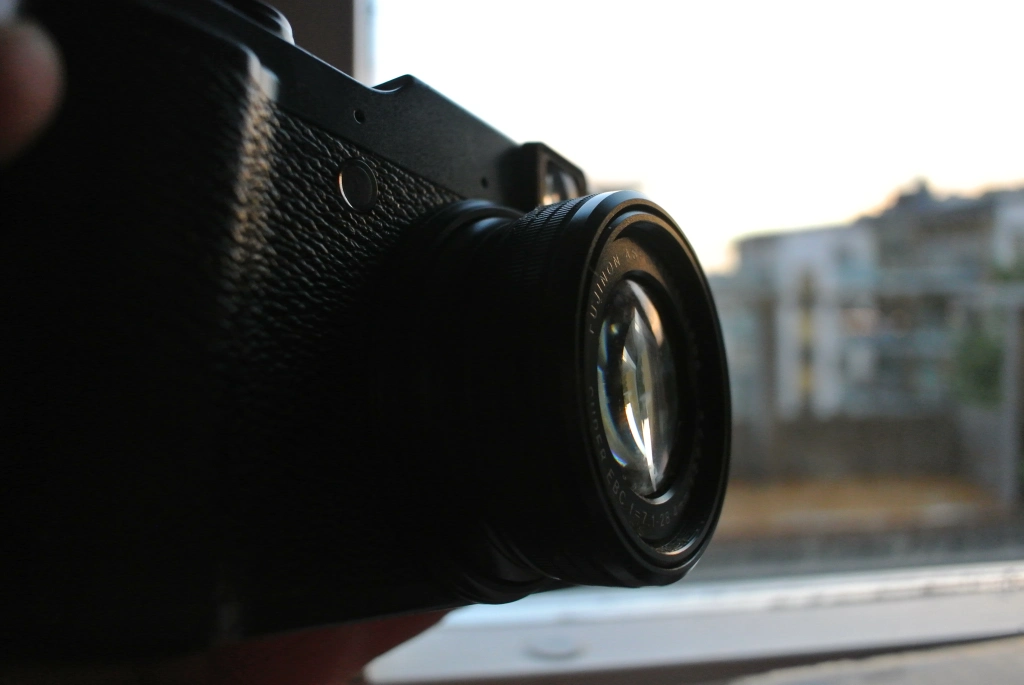
The approach the metaphor is not restricted to literature, rhetoric or acting, but is a basic and indispensable feature of human understanding. Using the zoom lens as a metaphor helps to visualize not only the focus on verbal or written communication but also the focus and perspective on interpersonal communication at a meeting or even personal security and safety perspectives. Academic studies of management and influences prove the metaphors are an important contributor of the dominant images that influence organizations. Humans strive to find structures and tend to rely on known images to interpret new data. Hence, powerful tools for communication, especially when you need to explain complex concepts or to others. As Reggie Watts wisely said:
When in doubt, zoom out
Zoom in: It is a procedure in classical filming and Tv broadcasting to begin a scene with an overview shot of the venue or site and then zoom in to some specific spot or person of interest. The initial overview shot serves much like an introduction or subtle read between the lines meta data to the viewers about the story (who, where, when, where from, where to and Why).
Zoom out: in order to create drama and theatre and writing mentors such as Michel Rides and Sara Olsson teach the opposite as well. By giving the viewers or readers the details initially and eventually zooming out to present the context and big picture keeps the tension and the curiosity.
The same camera lens is useful as a metaphor to describe a risk assessment either the ficus son details such as firs aid, trauma ags, emergency exits or a bit more zoomed out on the venue the meeting, eavesdropping, attacks or petty crimes. Or zoomed out on the objectives of the meeting, pros and cons to conduct a meeting at all. Does the meeting favor the cause?
The metaphor aligns with the rhetorical classical analytic perspectives inductive and deductive conclusions. However, today either the camera kens is analog or a digital data the zoom lens helps people to apply your perspectives of writing, drama or even security in a scenario, scene or session in life.
To understand the writing, project or the security assessment process the person must cope with complexity, moving from operational detail to overall strategy, where the "big picture" is important. To deal with this complexity and these shifts in perspective, the skilled person develops a multi perspective zoom lens.
This photographic metaphor is, for instance applicable in a passionate scene in a novel. Like the camera lens, the strategic zoom lens allows the author to see both close-up and at a distance. A close up describing the scent, the soft lightning and fingertips trying you reach out to the other, and then the southern adjust the width and describe the café and or hers noticing them, describing not only the couple at the table but the third body present at the meeting their relation, how the meeting was crucial nurtured their relation. A meeting where they had. Coffee and the relationship oxygen to survive…
So keep zooming, the contrast adds energy to the story
Anybody can be a great photographer if they zoom in enough on what the love